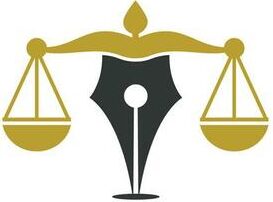Eminent domain abuse is a serious issue that can put your property at risk, and many homeowners don’t even realize it. When the economy is booming, governments often look to build more infrastructure. Sometimes, this means they use their power to take private land.
But here’s the problem: not all these actions are fair or justified. Understanding how to spot eminent domain abuse and knowing what to do about it can give you the tools to protect your rights.
Let’s explore how you can spot the warning signs of eminent domain abuse and take action to defend your property
What is Eminent Domain Abuse?
Eminent domain allows the government to take private property for public use, as long as they pay fair compensation. But sometimes, this power is misused. This is called eminent domain abuse.
Signs of Abuse
To combat eminent domain abuse, it is vital first to recognize the signs. Here are some indicators that you may be facing an abuse of this power:
Unjust Land Takings
The government can only take land for a clear public benefit. If the reason seems unclear or doesn’t make sense, it could be abuse.
Inadequate Compensation
You should get fair market value for your property. If the offer feels too low, it might not be fair.
Arbitrary Selection
If certain properties are picked without clear reasons, it’s a warning sign.
Lack of Transparency
If the process feels secretive or hard to follow, be cautious. This might signal abuse.
Your Legal Rights
Understanding your legal rights is crucial when dealing with eminent domain abuse. Here are the fundamental property rights you need to know:
Right to Challenge the Taking
You have the right to contest the government’s decision in court if you believe the seizure is unjust.
Right to Fair Compensation
Legally, the government must offer you fair market value for your property.
Right to Legal Representation
You have the right to seek legal help from professionals who specialize in this area.
How to Protect Your Property
Knowing how to protect yourself from eminent domain abuse is also important. Below are steps that can help you safeguard your property from abuse:
Stay Informed
Educate yourself about local development plans and how they might affect your property.
Document Everything
Keep records of all communications with the government about your property.
Engage with the Community
Join community groups that track local development. These groups can offer support and help amplify your voice against abuse.
What to Do If You Experience Eminent Domain Abuse
If you think you are facing eminent domain abuse, it’s important to act quickly. Start by collecting all documents and messages related to the government taking your property.
Consulting with this property rights attorney can guide you. Many people have stopped unfair seizures or gotten better payouts with the help of a skilled attorney.
Fight Against Eminent Domain Abuse with this Guide
Eminent domain abuse can cause serious problems for your life and livelihood. By learning to spot the signs and understanding your rights, you can take steps to fight unfair property seizures. Talking to an attorney early on can make a big difference. Remember, acting quickly is key-don’t wait until it’s too late to stand up for your property.
Is this article helpful? Keep reading our blog for more.

